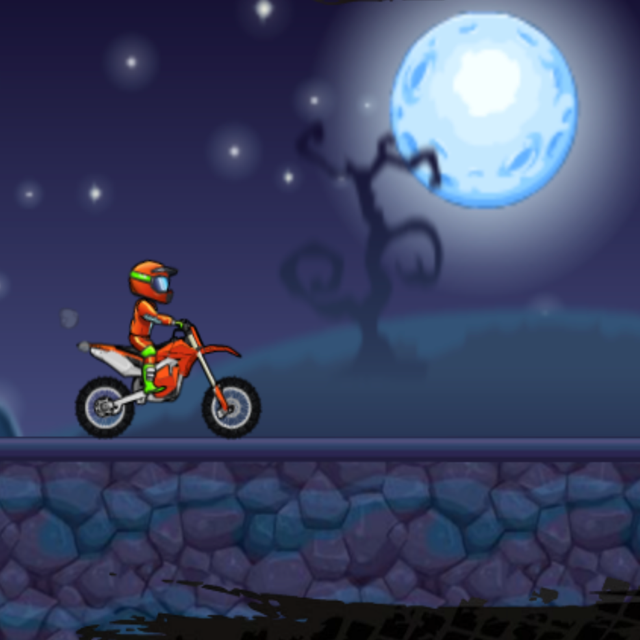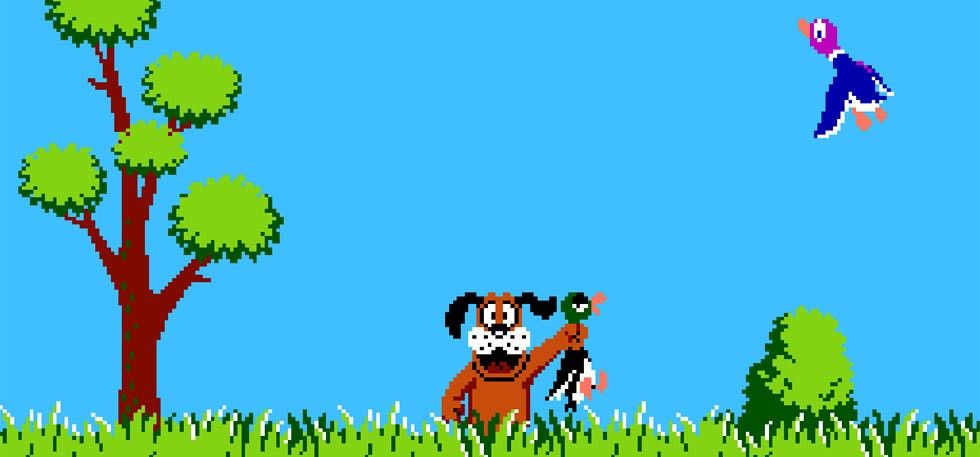Assistive Technology in Education
Assessment Technology in Education
A Whole New World: Web 3.0 and its impacts on Education
Exploring the Future and Possible Transition to Online Teaching
Exploring Educational Technology

In the vast realm of online and blended learning, the quest for effective educational tools is akin to a historical journey spanning millennia. From ancient philosophical debates on the role of technology in teaching to the modern-day challenges of virtual classrooms, educators are on a constant quest for the Holy Grail of tools to enhance learning experiences.
Imagine, if you will, a tale of two societies: one Canadian, the other Pakistani. In both, educators grapple with the ever-evolving landscape of technology in education. In Canada, the legacy of educational technology is rich, with pioneers like Marshall McLuhan paving the way for digital learning. Meanwhile, in Pakistan, a burgeoning tech scene is revolutionizing education, with startups and innovators harnessing the power of technology to bridge gaps in access and quality.
As we navigate these diverse landscapes, we encounter a plethora of tools and resources. Saettler’s historical account of American educational technology offers insights into the evolution of these tools, but it only scratches the surface. In Canada, educators are embracing tools like Class Dojo and Canva to enhance engagement and creativity in virtual classrooms. In Pakistan, platforms like Baamboozle and Kumospace are empowering educators to create immersive and interactive learning experiences.
But the journey doesn’t end there. The YouTube video “7 Best Easy to Learn Tech Tools for Teachers” opens a treasure trove of possibilities. In Canada, teachers are using tools like One by Wacom and ClassPoint to bring creativity and interactivity to their virtual classrooms. In Pakistan, Edpuzzle is revolutionizing online learning, making it easier for teachers to create engaging video lessons.
In my own context, the most useful tools are those that foster creativity and collaboration. Platforms like Canva and Edpuzzle allow me to create visually stunning and interactive lessons, engaging students in ways never before possible. Additionally, tools like Class Dojo and Kumospace help me create a sense of community in my virtual classroom, bridging the gap between students and teachers.
As I reflect on my journey through the world of educational technology, I am reminded of the words of McLuhan: “We shape our tools and thereafter our tools shape us.” In both Canadian and Pakistani societies, technology is shaping the future of education, offering new possibilities for teaching and learning. By embracing these tools with an open mind and a creative spirit, educators can unlock a world of potential for their students, wherever they may be. This journey from a teacher from Pakistan, who is trying to learn her ways in Canada is nothing less than a magical adventure !!
Navigating the Digital Landscape

In the world of education, the integration of productivity suites like Microsoft Office and Google Workspace has been a game-changer, akin to the transformation seen in sci-fi movies. These suites, with their arsenal of tools and applications, have reshaped the classroom experience for both teachers and students. However, as we dive deeper into the digital era, it’s important to reflect on the broader impact of these technologies on education, all while keeping it light and fun!
Imagine a classroom straight out of a sci-fi flick like “Ender’s Game,” where students collaborate on projects and simulations using futuristic productivity suites. Sounds cool, right? This example highlights how these suites can enhance the learning experience by fostering teamwork and creativity.
While these tools offer incredible benefits, such as increased collaboration and engagement, we also need to be mindful of their potential pitfalls. Take “Wall-E,” for instance. In this movie, humans become overly reliant on technology, losing touch with their critical thinking skills. It’s a reminder that while technology is great, it should never replace traditional teaching methods.
Productivity suites also play a vital role in preparing students for the digital world. Just like in “Ready Player One,” where digital literacy is not just a skill but a way of life, these tools help students develop essential 21st-century skills that will serve them well in the future.
Privacy and ethics are also key considerations. In “The Circle,” a tech company’s misuse of user data raises important questions about data ownership and privacy. As educators, we must navigate these issues carefully, ensuring that student privacy is protected.
Looking ahead, the future of productivity tools in education is full of possibilities. Imagine a classroom where learning is personalized to each student’s needs, much like in “Minority Report” where advertisements are tailored to individuals. It’s an exciting prospect, but one that also requires careful consideration of its impact.In the movie “Dead Poets Society,” we see how the personal connection between a teacher and his students can inspire a love for learning that goes beyond textbooks and tests. This highlights the importance of fostering meaningful relationships in education, something that technology alone cannot replicate.
I would love to mentor my students in-person any day and be around them more than ever a technology can be !
In conclusion, productivity suites have revolutionized education, offering new ways to teach and learn. But it’s essential to approach these tools with a balanced perspective, considering their broader implications on pedagogy, digital literacy, privacy, and ethics. So, let’s embrace these technologies, but let’s also remember the importance of human connection and critical thinking in education.
The Evolution of Education
I am a Millennial and I remember those weekly video watches for our class rooms and those special movie days for almost whole school in an auditorium  Oh boy, what delight it would bring to my whole existence where I would just love to learn through a non traditional method and oh yes how can I forget special project days where we had to do things other that the same old methods. I could surely and fairly say that new methods with the help of technology would bring a lot of joy to my whole self and would make me so eager to discover new ways.
Oh boy, what delight it would bring to my whole existence where I would just love to learn through a non traditional method and oh yes how can I forget special project days where we had to do things other that the same old methods. I could surely and fairly say that new methods with the help of technology would bring a lot of joy to my whole self and would make me so eager to discover new ways.
In a world where technology reigns supreme, the impact of audio-visual (AV) technologies on education cannot be overstated. Neil Postman’s quote, “We now know that ‘Sesame Street’ encourages children to love school only if school is like ‘Sesame Street,'” sheds light on a profound shift in the way we perceive traditional schooling.
When Postman speaks of “Sesame Street” undermining the traditional idea of schooling, he’s pointing to the engaging, fast-paced nature of the show that contrasts with the structured, disciplined environment of traditional schools. This raises questions about how AV technologies, from the earliest film projectors to today’s smartphones and interactive educational shows, are reshaping the format of schooling.
AV technologies have the power to transform education by making it more interactive, engaging, and personalized. Platforms like YouTube, Khan Academy, and Crash Course offer a wealth of educational content that can supplement traditional teaching methods. However, they also raise concerns about the overreliance on technology and the need for a balanced approach to education.
The integration of smartphones and Bring Your Own Device (BYOD) policies in classrooms further blurs the lines between traditional and modern schooling. While smartphones offer access to a wealth of information, they also present distractions and challenges in maintaining focus in the classroom.
Looking ahead, the future of AV technologies in education is exciting yet complex. As technology continues to evolve, we can expect more immersive experiences, personalized content, and the integration of artificial intelligence. This heralds a new era for education, where traditional boundaries are challenged, and new possibilities emerge.
But, i know for myself that how sesame street school brings colors and visuals with audio and emotions to the whole teaching experience and with today’s world and with the revolution of behavioral needs how truly it has been decided that learning needs for all are different and can not be just met by following one way. I personally am a learner who gets bored and impatient with anything that is dragged and long  and it reminds me how I would love playing Mario and this duck game as a child..
and it reminds me how I would love playing Mario and this duck game as a child..

In conclusion, AV technologies are changing the way we think about school by challenging traditional notions of teaching and learning. While they offer new opportunities for engagement and interaction, they also require educators to adapt to new formats and technologies. By embracing these changes thoughtfully, we can harness the full potential of AV technologies to create enriching learning experiences for all students.
Which theories of knowledge and/or learning underpin your own teaching philosophy and classroom practice? How have your beliefs shifted or changed over the course of your teaching career thus far?
Today, let’s talk about learning theories and how they influence our teaching philosophies. One theory often discussed is Skinner’s Teaching Machine, which suggests that learning is a response to external stimuli. However, many of us, myself included, have moved away from this theory, recognizing its limitations.
In my teaching career, my beliefs about knowledge and learning have evolved. Initially, I leaned towards behaviorist approaches, believing in strict reinforcement for shaping student behavior. But as I gained experience and explored more educational theories, I embraced constructivist and socio-cultural perspectives. As a Sociology teacher myself I am strongly of opinion that nurture plays an integral role in any individuals’ life and how me humans behave is mostly from the learnt behavior from day to day experiences of ours. I feel even as a teacher when I would be with my high schoolers I could just mold then with the social experiences which would be created for them.
Constructivist theories propose that learners construct knowledge based on experiences and interactions. Socio-cultural theories emphasize the role of social interactions and culture in learning. These perspectives have deeply influenced my teaching, leading me to create collaborative and interactive learning environments.
In my classroom, I aim to create a space where students actively engage with their experiences by resonating with the existence of other fellows. For me the strongest rationale is that no theory, content or equipment can not be enough if basics of understanding of cultural aspects and learning behaviors related to that are not met.
I feel since I have moved to this whole new experience of an immigrant the biggest challenge and learning experience for me has been about understanding what is expected and is cherished about me in a new culture as a primary need of existence and I am sure my students would learn in the same way. Share your thoughts and experiences in the comments below. Let’s continue to explore the world of education together!
Looking forward to hearing from you 